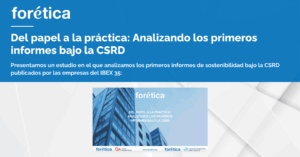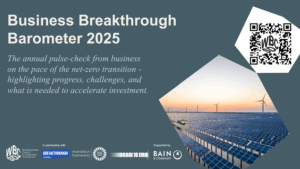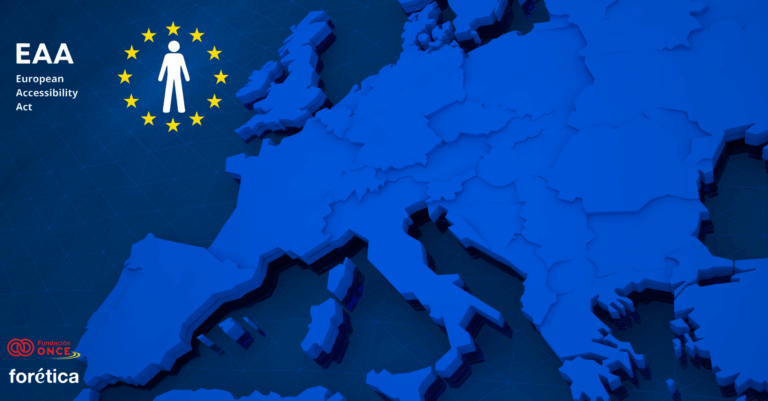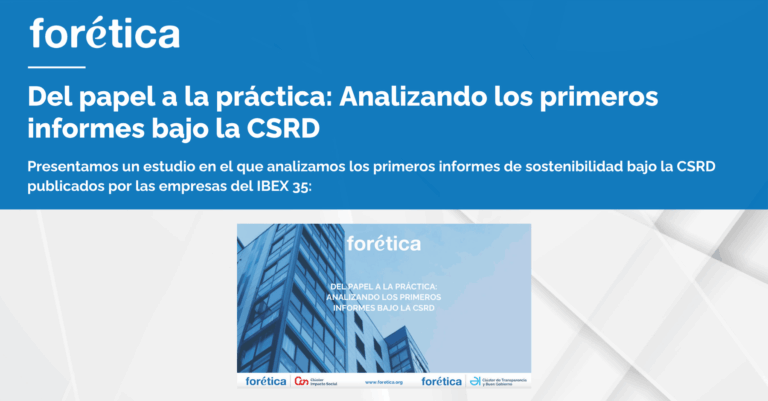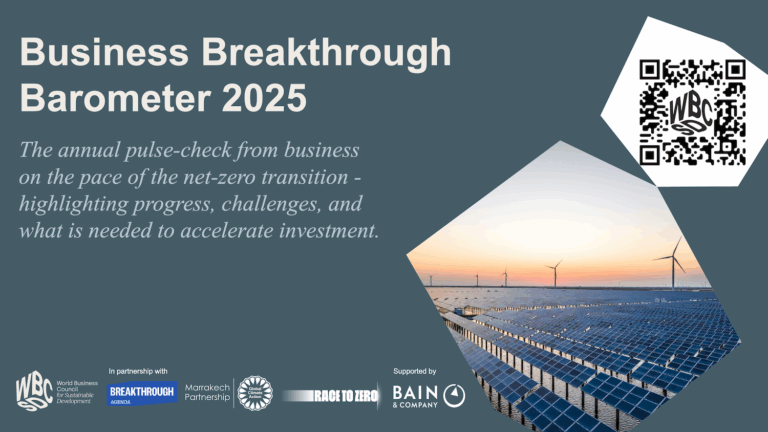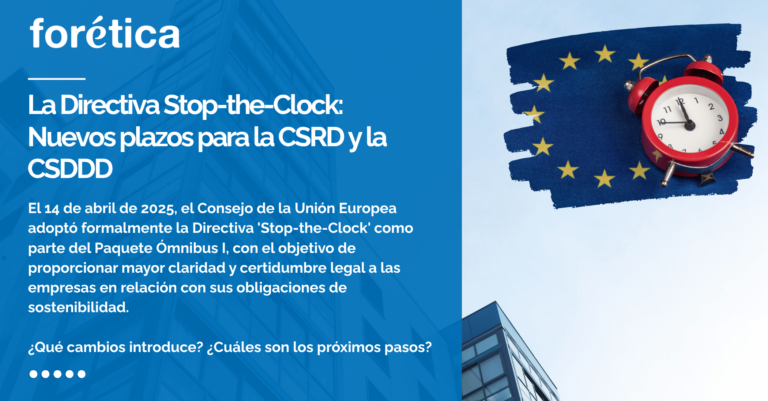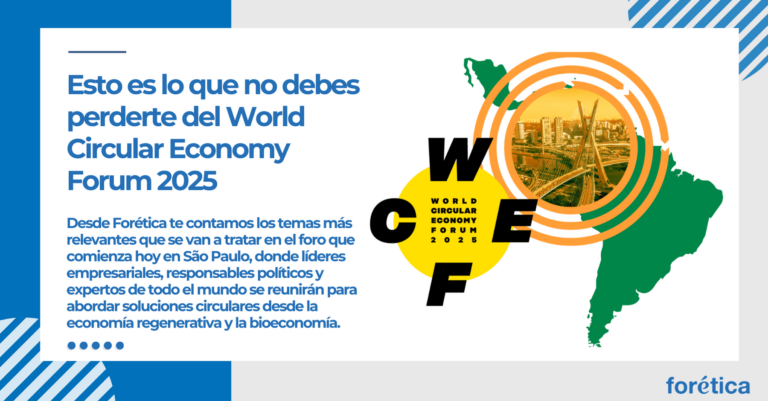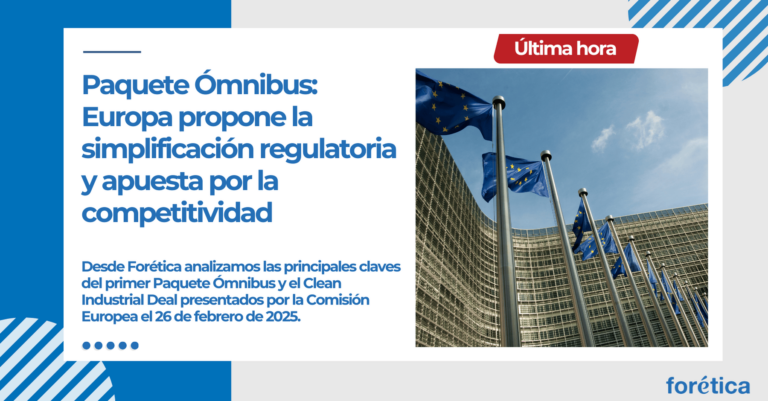Las entidades de verificación constituyen un apoyo imprescindible para las administraciones públicas en la consecución de los objetivos de reducción y neutralidad climática, establecidos por la Comisión Europea, y asumidos por todos los Estados Miembros.
El Acuerdo de París, adoptado en 2015 por las partes de la Convención Marco de las Naciones Unidas para el Cambio Climático y ratificado por España en 2017, establece como límite del calentamiento global, el mantener el aumento de la temperatura media mundial por debajo de los 2°C con respecto a los niveles preindustriales, y proseguir los esfuerzos para limitar ese aumento de la temperatura a 1,5°C.
En este marco, el Pacto Verde Europeo o European Green Deal, presentado formalmente en diciembre de 2019, es, en esencia, una estrategia de crecimiento que permitirá a la Unión Europea lograr la neutralidad climática en 2050.
Los países de la UE están trabajando en una nueva legislación para la consecución del objetivo climático de reducción de sus emisiones en al menos un 55% de aquí a 2030 (con respecto a 1990), y lograr que la UE sea climáticamente neutra en 2050.
Objetivo 55
Para lograr estos objetivos, la UE plantea el paquete “Objetivo 55”, presentado en julio de 2021, que consiste en un conjunto de propuestas orientadas a revisar y actualizar la legislación de la UE, y poner en marcha nuevas iniciativas para garantizar que las políticas de la UE se ajustan a los objetivos establecidos.
Entre las propuestas legislativas incluidas en este paquete, encontramos:
- Revisión del Régimen de comercio de derechos de emisión de la UE: incluyendo, entre otros cambios, las emisiones del transporte marítimo en el RCDE UE y la creación de un régimen independiente de comercio de derechos de emisión para los edificios y el transporte d por carretera.
- Creación de un mecanismo de ajuste en frontera por carbono: que sustituya, de manera gradual, a la asignación gratuita de derechos de emisión del RCDE UE, como método de control del riesgo de fuga de carbono.
- Aumento de los objetivos de reducción de emisiones de los Estados miembro: pasando del 29 % al 40 %, respecto de los niveles de 2005, de aquí al 2030 (sectores no RCDE UE y no LULUCF).
- Se fija una meta de absorción neta para sectores LULUCF (uso de la tierra, el cambio de uso de la tierra y la silvicultura): al menos 310 millones de ton CO2e absorbidas, a repartir entre los Estados miembros.
- Consumo de combustibles de aviación más sostenibles: reduciendo la huella ambiental de la aviación.
- Consumo de combustibles renovables e hipocarbónicos en el transporte marítimo.
- Revisión de las directivas: sobre energías renovables, eficiencia energética, eficiencia energética de los edificios y fiscalidad de la energía.
Como podemos observar, la neutralidad climática no consiste sólo en emitir menos, sino también, en absorber más, y las entidades de verificación aparecen en la mayor parte de estas propuestas, aportando fiabilidad de los datos reportados, generando confianza en las partes interesadas, ya sea Administración pública, o clientes y consumidores.
Las reglas del juego se están revisando, incluyendo las pautas para el reporte de estos datos. Normativa como la Directiva 2022/2464/UE (“Directiva CSRD”), que modifica la Directiva NFRD, sobre reporte de la información sobre sostenibilidad, establece la obligatoriedad de reporte de indicadores ambientales, utilizando estándares comunes de reporte (EFRAG), e incluye a todas las organizaciones como sujetos obligados de este reporte, no sólo a las grandes corporaciones, a través de un calendario de cumplimiento que va desde 2024 hasta 2029.
¿Neutros en carbono?
Las organizaciones deben tomar partido y establecer sus propias estrategias de descarbonización, que permitan cumplir con el objetivo de neutralidad climática en 2050.
Ser neutros en carbono no consiste sólo en reducir las emisiones de gases de efecto invernadero. La neutralidad climática se consigue cuando se reducen las emisiones al máximo posible, y las emisiones residuales restantes, se compensan a través de proyectos de reducción y absorción, que generen créditos de carbono.
En primer lugar, debemos que conocer qué emisiones generamos en el desarrollo de nuestra actividad, para poder establecer un plan de acciones para reducirlas. En el caso de industrias electrointensivas, la UE implantó el sistema de comercio de derechos de emisión, como sistema para reducir paulatinamente las emisiones de gases de efecto invernadero. Para el resto de sectores, los denominados difusos, podemos disponer de estándares que nos ayudarán a establecer un inventario de emisiones de gases de efecto invernadero y a calcular las emisiones, como el GHG Protocol y la norma ISO 14064-1.
Las emisiones residuales son aquellas que no vamos a poder reducir y, por lo tanto, serán las emisiones que tendremos que compensar. Proyectos forestales y agrícolas, que promueven el secuestro y la absorción de CO2 por los suelos y los bosques, proyectos de energía renovable que permiten la producción de energía más limpia y la sustitución de energías contaminantes por energía verde, y proyectos relativos al uso racional y eficiente de la energía que desarrollan tecnologías limpias y sostenibles para producir electricidad, frío y calor para aumentar la eficiencia industrial y limitar el consumo de energía en el transporte y la construcción, son algunos ejemplos de proyectos que pueden generar créditos de carbono.
Para el cálculo del aumento de remociones o reducción de emisiones, a través de Proyectos de Absorción o Reducción de emisiones, podemos utilizar estándares como el GHG Protocol o ISO 14064-2.
Colaboración entre las Entidades de Verificación y las Administraciones Públicas
La colaboración entre las Entidades de Verificación y las Administraciones Públicas es crucial en el seguimiento e implantación de planes y medidas para la consecución del Objetivo 55 en 2030, y la neutralidad climática en 2050, a través de la verificación de indicadores y de información ambiental, tanto de emisiones generadas, como de emisiones evitadas o reducidas, generando confianza, transparencia y confiabilidad de los datos reportadas.
Actuaciones coordinadas con la Oficina Española de Cambio Climático para la verificación del cálculo de la huella de carbono reportado, o para la verificación de las reducciones de CO2 a través de los Proyectos de Fes CO2, o actuaciones con las Comunidades Autónomas para la verificación de los datos reportados en los registros de huella de carbono, se seguirán sucediendo en la medida que sea necesaria una verificación de los datos a informar por parte de las organizaciones.
Colaboración, cooperación y sinergias hacia un objetivo común: la neutralidad climática.
Autor
-

Product Manager de Cambio Climático y Economía Circular en EQA.
Ver todas las entradas




